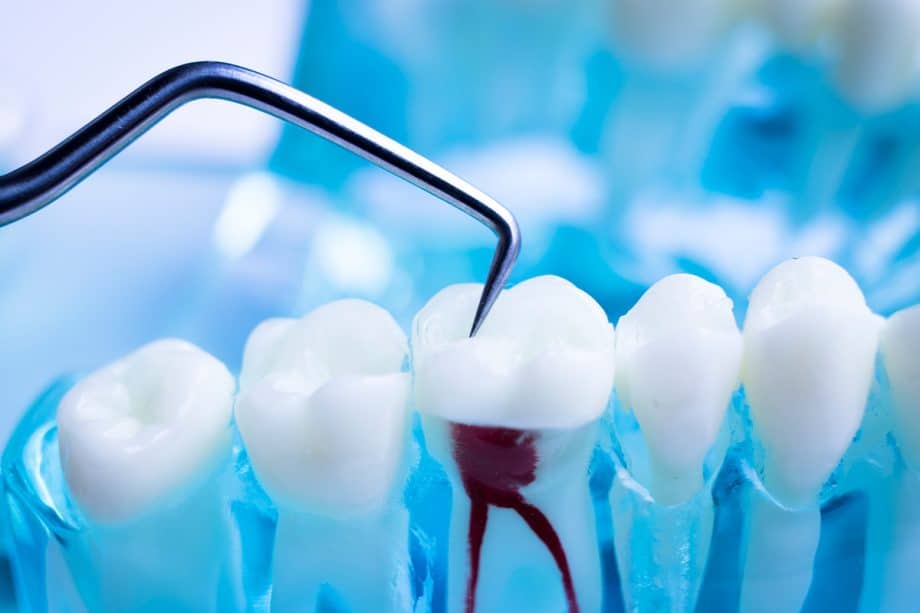A cracked tooth is a common dental problem. A tooth may crack for a variety of reasons from dental trauma to chronic teeth grinding. No matter how strong your tooth enamel is and no matter how well you take care of your teeth, a crack may develop that requires treatment.
Sometimes a cracked tooth is difficult to diagnose because the crack may not be highly visible. But there are specific symptoms that may be good indicators. Here are the top 5 signs that you’ve cracked a tooth.
- Toothache that comes and goes. One common sign of a cracked tooth is a toothache that seems to come and go. You may notice it for a while, then it subsides and you forget about it. Then it comes back again, making you wonder if there’s a problem with the tooth. The reason a cracked tooth causes inconsistent pain is that the nerve inside the tooth may be exposed due to the crack, but unless there is an infection or an aggravator, the pain subsides.
- Pain when chewing. A cracked tooth may not hurt at all until you bite down on something hard or chew something a little on the tough side, and then you suddenly feel it. If you have pain in a certain area of the mouth when you chew, there’s a possibility that you have a cracked tooth in that area. It is not always obvious which tooth it is, but narrowing it down to a certain part of the mouth can make it easier to find the source.
- Extreme sensitivity. In some cases a cracked tooth causes sensitivity rather than pain. If cold, heat, or sugar causes your tooth to twinge, there’s a possibility that it has a crack somewhere that you can’t see. Sensitivity occurs because the crack exposes the nerves inside the tooth that would otherwise be protected by the enamel of your tooth.
- Swollen gums. A cracked tooth is at risk of infection. If bacteria enters the tooth through the crack and infects the dental pulp, the soft tissue inside the tooth, it can cause the gum tissue around the tooth to swell and become tender to the touch. You may even develop one or more abscesses, or bumps on the gums.
- Unexplained pain. If you have pain in your teeth or gums that is difficult to identify or pinpoint, it is often a cracked tooth. The pain isn’t always concentrated to a specific tooth, but is more often widespread over one side of the mouth or the other. It may seem as if there is no particular reason for the pain or that you’re not sure where it is even coming from.
How is a Cracked Tooth Treated?
In many cases a cracked tooth can be treated. As long as the crack is in the crown of the tooth above the gum line, it can most likely be saved with a root canal and crown. A cracked tooth needs a root canal to remove the dental pulp that may have been infected due to the crack. The tooth is then filled with composite material to prevent reinfection and a crown is placed over it for protection. This keeps the crack from spreading and splitting the tooth.
If the crack extends under the gum line or begins in the root of the tooth beneath the gums, it most likely can’t be treated and will need to be extracted.
What to Do if You Experience Symptoms of a Cracked Tooth?
If you think you may have a cracked tooth, it is best to contact an endodontist because endodontists specialize in treating teeth from the inside out. Eagle Endodontics provides diagnosis and treatment for cracked teeth, even those that are difficult to see. If there’s any chance that the tooth can be saved, we will do our best to restore it so that it can stay in place.
Contact us today to learn more and schedule an appointment.

